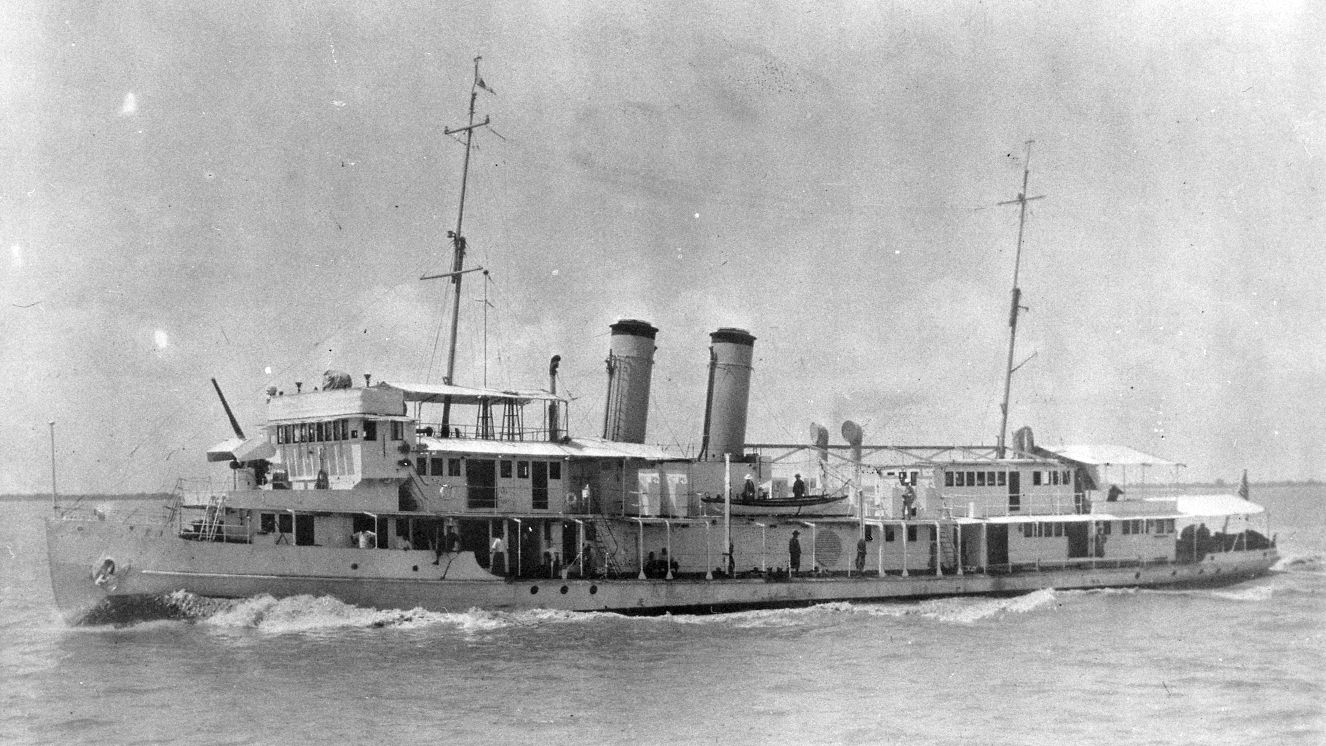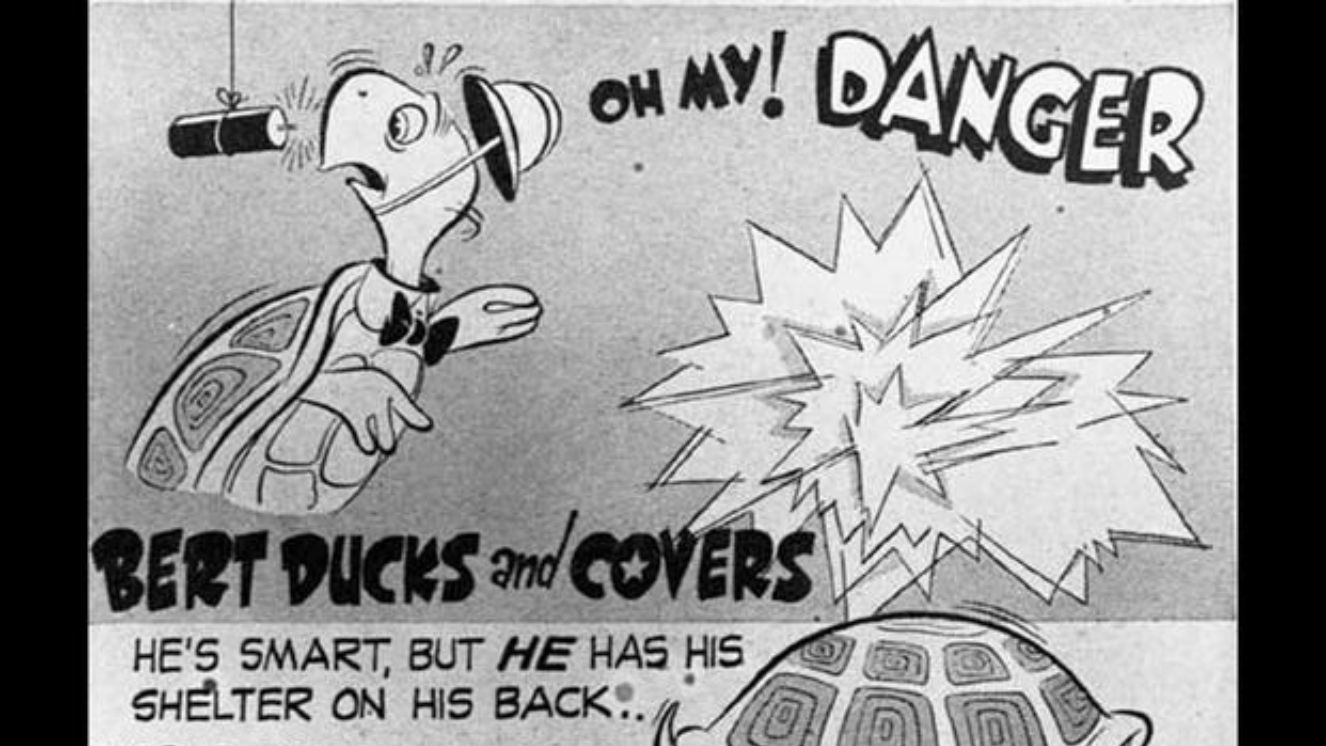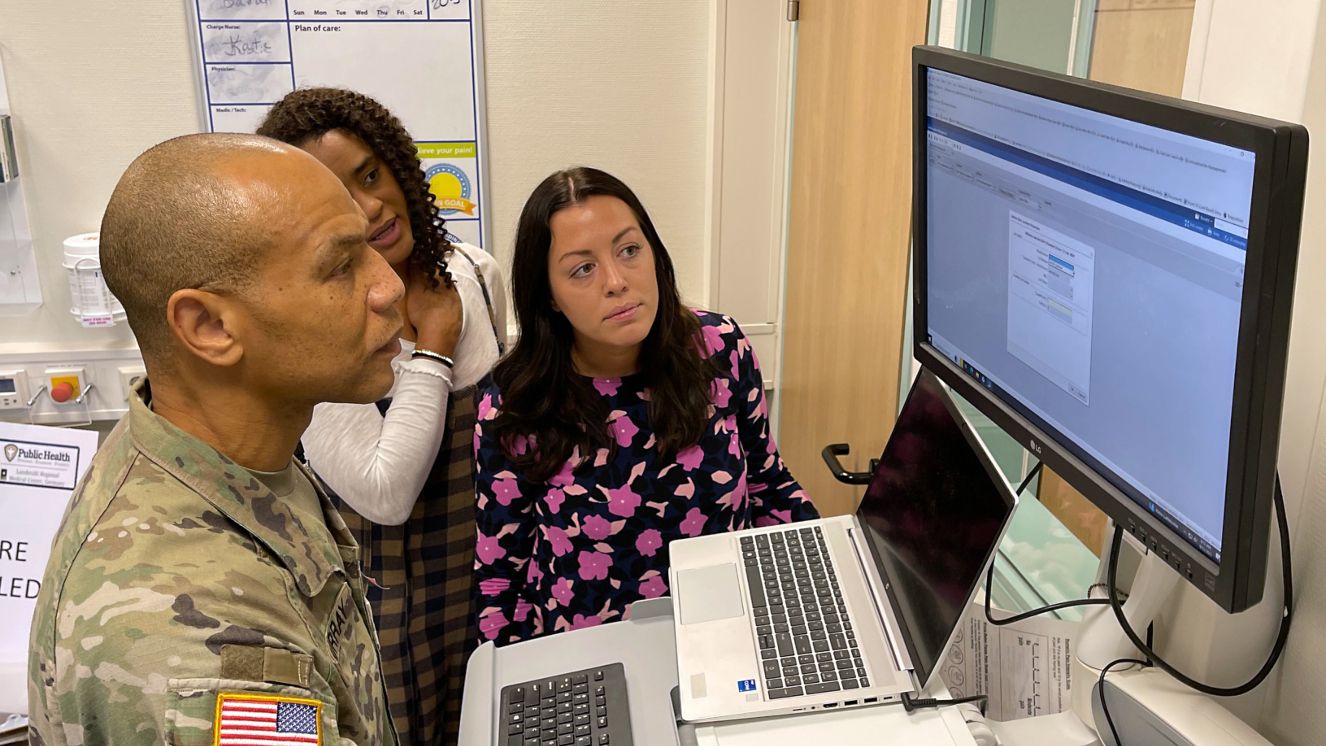QUASI-WAR: THE UNOFFICIAL CONFLICT THAT SOLIDIFIED THE US NAVY

In order to become the United States of America, the colonies had to take down the British. So, it makes perfect sense that the next official conflict would also feature the U.S. against the British during the War of 1812. Tensions were high and feelings were very, very hurt. But in between 1812 and the American Revolution, many smaller events would arise to cause relations to ultimately boil over again. France wanted its loans paid back and the U.S. wasn’t exactly the richest nation in the world at the time. This spilled over into other points of contention and is exactly how the nation found itself embroiled in the Quasi-War. Taking place in various bodies of water all over the world, the Quasi-War with France isn’t an official war fought by the U.S., but considering thousands of ships were affected, more than one hundred men died, and many more were injured, it wasn’t exactly a walk in the park, either. Related read: America Tried To Blow up the British Using the First Submarine in Warfare
What Was the Quasi-War?
The Quasi-War was an undeclared naval conflict between the United States and the French First Republic that lasted from 1798 to 1800, or nearly two years and four months. Although fighting mainly took place in the Caribbean and off the East Coast of the United States, other conflicts occurred throughout the Indian Ocean and Mediterranean Sea as well. The conflict arose over disputes involving French loans and conflicting interpretations of treaties. French privateers began seizing U.S. merchant ships, leading to the reassembly of the U.S. Navy and the authorization of military force. Informal cooperation with the Royal Navy reduced American losses, and diplomatic negotiations eventually resulted in the end of the war through the Convention of 1800. The Treaty of Alliance obligated the United States to protect the French West Indies, but disputes arose regarding its interpretation during the War of the First Coalition. As the nations couldn't see eye-to-eye on how the treaty was to be applied, Congress suspended repayment of French loans and passed the Neutrality Act in 1793. Seeking to avoid all-out warfare, though controversial, the Quasi-War was born. Suggested read: Charles Jackson French, the WWII Hero You Never Knew
America's Navy During the American Revolution
Full disclosure, the Quasi French War wasn’t the first time the United States operated a Navy. General, President, and Founding Father George Washington received the support of Congress to form one in order to stop the supplies of the British from reaching its army during the Revolution. But there is no denying that the Navy was greatly impacted and improved because of the events of the Quasi-War. This conflict was naval by nature and took place over bodies of water, not land. Therefore, vessels and trade were the focal points of the two-year conflict. Eventually, peace would return but it wouldn’t last for the United States. After all, creating a nation is an ongoing process, and establishing American influence in the hotly contested Gulf and Caribbean regions would take much more time than an unofficial war would allow for.
Who Won the Quasi-War?
Because of decisions made by Congress and President John Adams, Quasi War events played a part in the establishment of the U.S. Navy. Additionally, it set the stage for a variety of nations battling for control over the Caribbean Sea. Ultimately, even after the Quasi-War, no one, not France nor the U.S. or Britain, really emerged as winners or losers. In fact, despite the conflict ending with the Convention of 1800, which would restore free trade rights between the United States and France, hostilities were far from over in the region. Neutral American trade issues continued to resurface for the U.S. during the War of 1812. Nevertheless, as a result of the Quasi-War, significance of the U.S. Navy grew, as it gained footing (or rather, its sea legs) as an official branch of the U.S. Armed Forces. The Quasi-War wasn’t official, but it was an important conflict in America's young history at the time. Today, America’s fleet represents the strongest naval force on the planet, defending the nation and its interests around the globe. Read next: When Did the Revolutionary War End?
BY BUDDY BLOUIN
Buddy Blouin is a Contributing Writer at VeteranLife.com
Buddy Blouin is a Contributing Writer at VeteranLife.com



